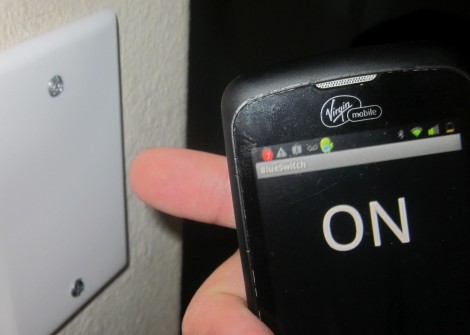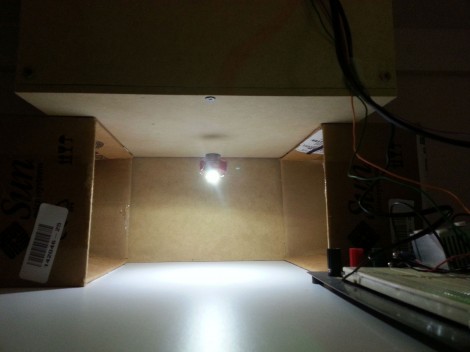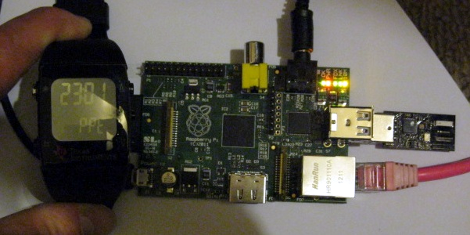
Check out this control center which [Awesome0749] built for launching fireworks. From the looks of his stash he’s going to be doing quite a bit of celebrating. The control console is clean and offers some safety features, and he just upgraded to an interesting ignition technique.
He’s using CAT5 cable to connect to the fireworks. At the top of the enclosure you can just make out the edge of the almond-colored wall plates which offer three jacks each. The two keys on the controller must be turned on to power the device. There is also a safety toggle switch in the middle.
The ignition is cause by running 70 VDC through a 1/4 Watt 24 Ohm resistor. As you can see in the demo after the break this results in flames quite quickly. One other thing we saw in the demonstration is that only the LED for the button which is hooked up comes on when the system is armed. We didn’t see a schematic, but he must have wired this so the system checks for continuity to ensure there’s something wired to the business end of the button.
Continue reading “A Resistor’s Fiery Death Used To Launch Fireworks”
















